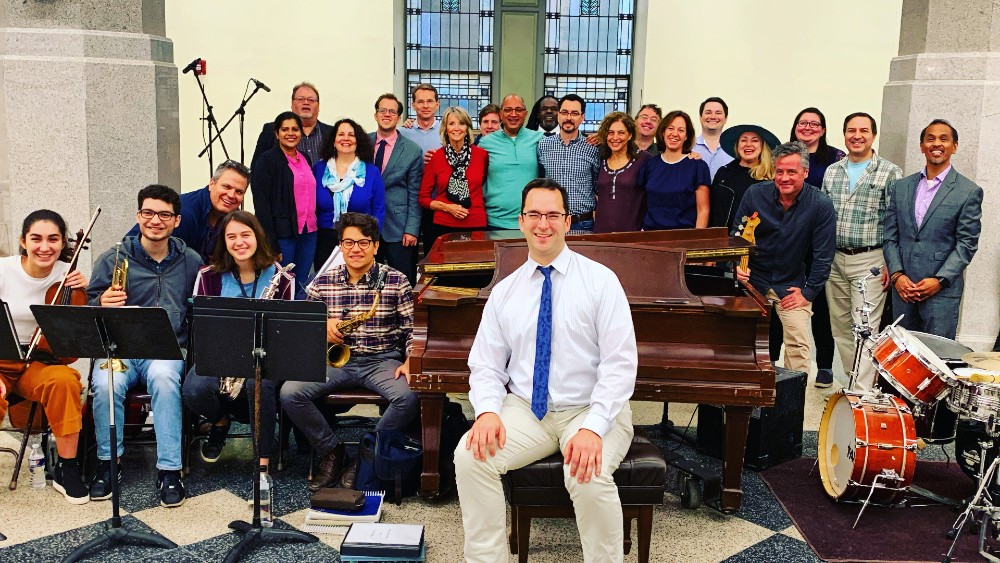
It has been a daunting, and somewhat trying, couple of months for choral conductors. With the spread of COVID-19 and the publication of numerous articles and research papers outlining the danger of in-person ensemble singing, there is still no vaccination, nor a clear timeline for when one might be approved and become widely available.
Many choral directors are left asking: How in the world can our organizations proceed and effectively engage our singers within the context of a global pandemic?
We’ve seen many virtual choir videos posted online via varied social media platforms. I’ve been impressed by the resourcefulness of singers and directors alike to produce this content from home in the digital era. But, if you are like me, and suffer from a certain amount of technophobia, I would offer that there can be another way forward. This involves a challenge that presents both formidable limitations alongside abundant positive opportunities and outcomes.
The experience may seem antithetical to the whole concept of choir: gathering as a choir online via a teleconferencing platform like Zoom, in order to make music — with the mute button on. After all, how can you build a sound, hear, or monitor any progress from your singers at all in this format?
Due to latency and feedback issues on Zoom, it’s simply not possible for ensemble singing to work in real time when all the microphones are on. But, for many avocational singers who generally feel self-conscious about their voice and their musicianship skills, the mute button can actually provide an opportunity to begin a process of artistic growth in ways that may not be possible with in-person singing.
Let me be clear — I am in no way romanticizing our current situation. As conductors we have a big obstacle on our hands. While so many are craving and searching for some sense of “normal” and an escape, Zooming with the mute button is one way forward.
This option serves as an artistic alternative where our singers’ time on screen can be spent approaching scores and learning music in an unconventional way, as opposed to consuming the seemingly ever-revolving, and at times disheartening, daily news cycle.
Here is what I have learned can have a positive impact for singers on Zoom in various contexts:
For the Faithful Music Minister
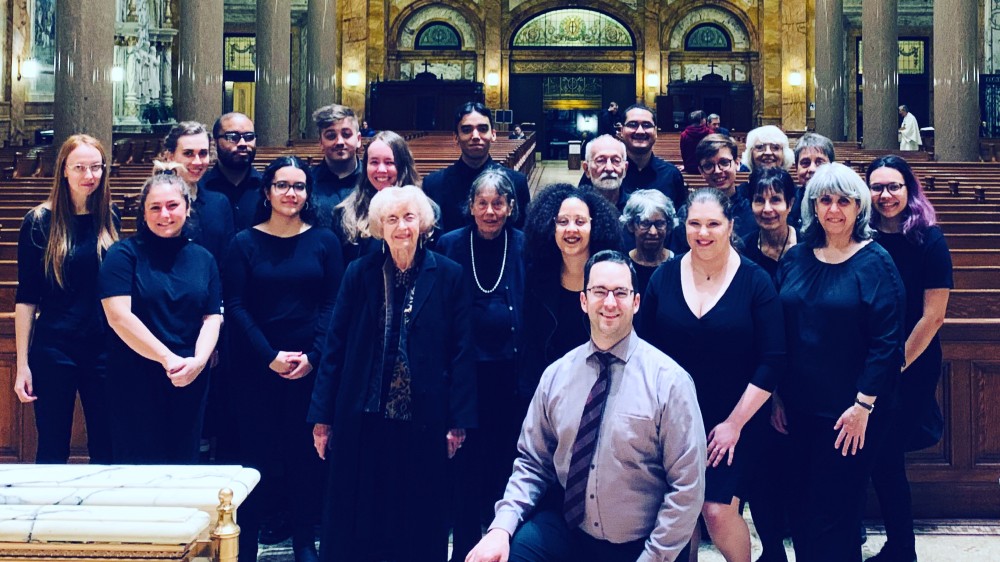
If your congregation isn’t gathering in-person or singing together at church for health and safety reasons, consider hosting a live “Sing-In” on days of worship for your congregation.
This is a way that parishioners can worship through song by gathering together to sing hymns and service music in real time on Zoom. While the mute button needs to be on, it doesn’t matter so much in that one of the primary objectives for worship is the connection to the musical texts that accompany each week’s scripture.
You can begin with a structured warm-up and partner with the cantor to help lead the session, to resemble what a meeting in person would be. The cantor would lead a welcome followed by the musical flow of a service including as much or as little music as you’d like. You may also want to reserve time to check in with participants and invite singers to offer prayers for ones in need.
I’ve led these sessions from the keyboard in my apartment. I have also prerecorded accompaniments for the cantor to lead from their location in order to vary the leadership duties week to week. If the cameras are on, all participants can see each other. This allows everyone to see their fellow singers including siblings, children, parents, and pets, which simulates a version of the weekly ritual of gathering as a community through song.
For the Community Chorus Director
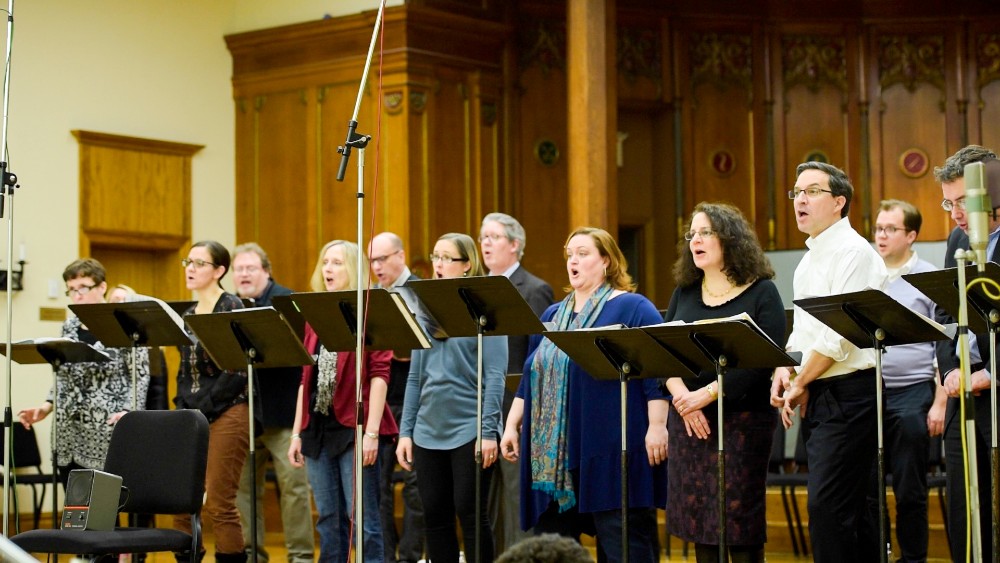
For the benefit of a choir’s collective growth in sight-reading, musicianship skills, and general knowledge of repertoire, consider a plan to focus on a specific slice of the literature.
To musically engage and serve intermediate and advanced avocational singers I created a weekly “Kyrie Project” for Canticum Sacrum, a chamber choir based at the Church of St. Ignatius Loyola. This one-hour Zoom meeting is supported by scores and practice files that are sent in advance. The meeting then begins with a structured warm-up followed by the sight-reading and analysis of a different setting of the Kyrie each week.
We compare and contrast musical styles with the works from previous weeks and everyone participates in reading each part in order to better understand what is going on structurally in the music. The meeting ends by listening to a professional recording of the work of the day. Singers leave the meeting having engaged with and developed an appreciation for (in most cases) a new work that often is more difficult than we may have managed in person.
For the University Choral Professor
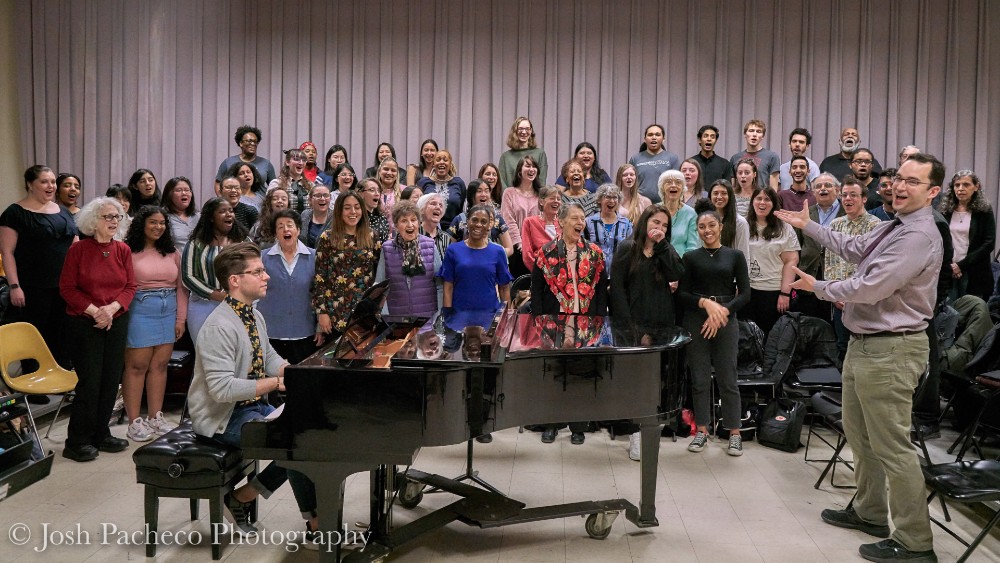
Consider creating a syllabus that has the choir singing on Zoom, but without the end, or pressure, of working towards a final performance. While the lack of a performance opportunity can feel demoralizing and disappointing, it is possible to whet the musical appetite of young singers with beautiful music that they haven’t yet been exposed to.
The solution would be a class in a choral literature lecture format, with regular group sight-reading and analysis done synchronously on Zoom accompanied by short singing or writing assignments given throughout the semester to assess progress in an asynchronous format.
Upload scores onto an online file sharing platform and create a class YouTube playlist for study. The students' engagement with the material during class time can benefit overall mental and spiritual wellness, with less focus on the performative goals that are usually set in a collegiate choral ensemble.
For the Teaching Artist
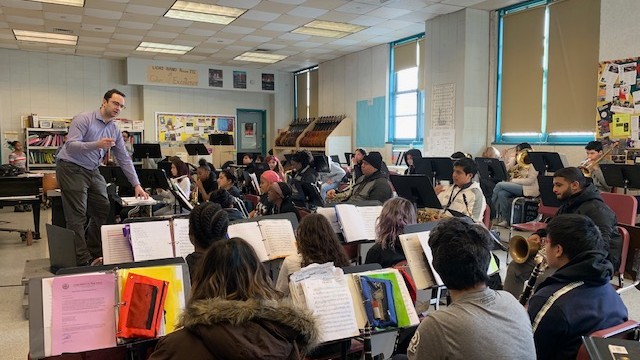
If you are actively involved with community engagement through an arts organization, this is a great time to reach out to local schools and programs in need of support.
Masterclass teaching can engage young soloists to get them prepared to sing well in front of their peers, and provide an opportunity for them to engage with their craft, new music, and professional musicians and technicians.
Music teachers will welcome a helping hand and, if you’ve engaged in educational outreach in the past, Zooming can be a helpful substitute to maintain continuity and demonstrate care for your program partners. Everyone is in this together, and an educational outreach partnership can strengthen both your arts organization and the participating school.
Summary
At the end of the day, the choices for a choral conductor, educator, or artist are personal ones — you know your capabilities and your communities better than anyone and there are several options available that can be tailored for the specific needs at hand.
One size does not fit all.
As we advocate for choral singing and the collective artistic growth of our communities, we are providing an essential service for the mental and spiritual wellness of our singers. Let the process be an organic one, and let it guide us through the valley of our current global moment. Through engagement, in any form, we further ensure the longevity of our communities until we can sing in person again.
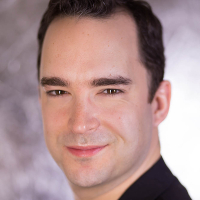
Michael Sheetz is a choral conductor and educator based in New York City. He serves as Music Associate at the Church of St. Ignatius Loyola, Director of Choirs at Hunter College of the City University of New York, and Assistant Music Director of Musica Sacra, the longest continuously performing professional choral ensemble in New York. www.michaelsheetzmusic.com

